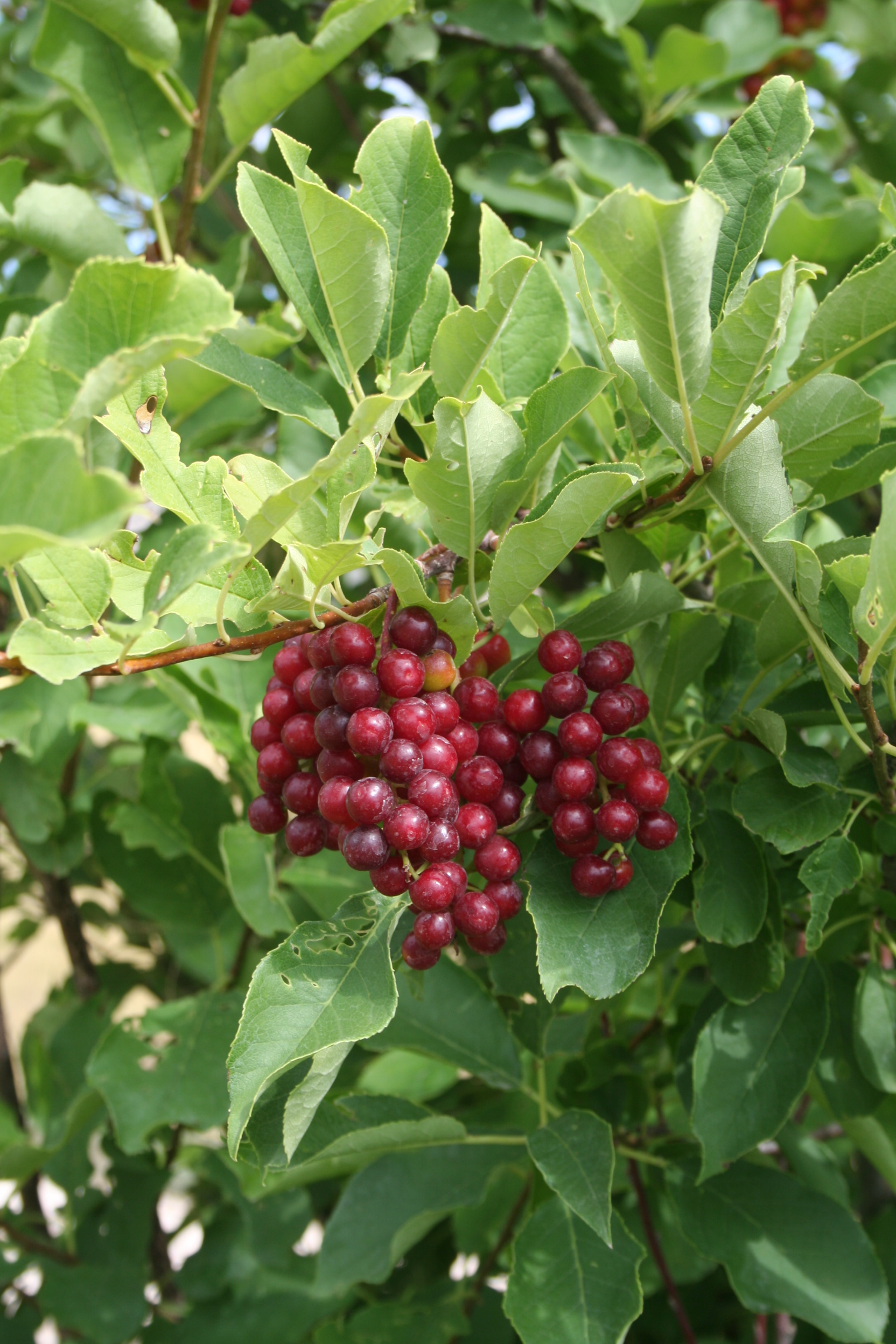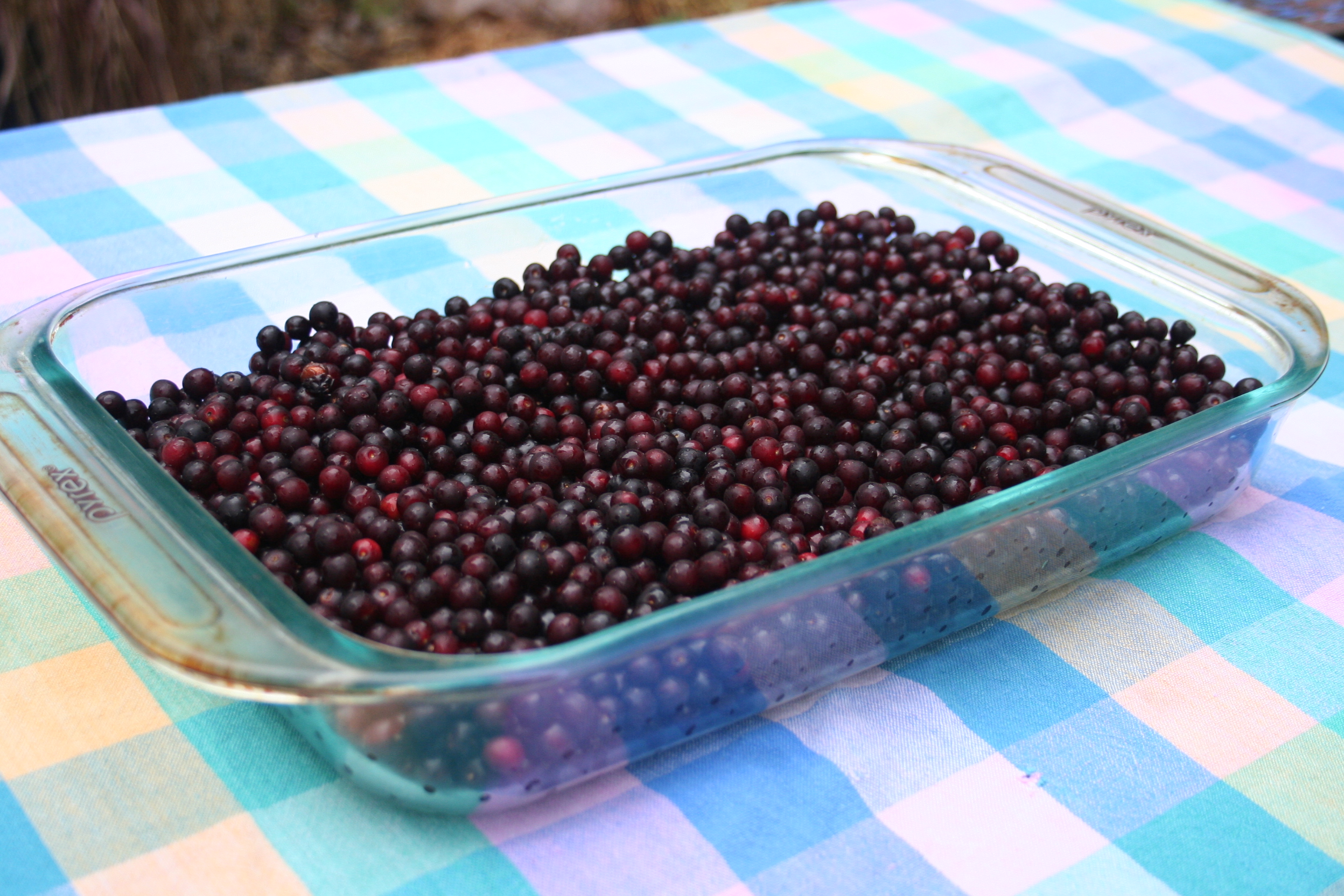Chokecherry
Prunus virginiana , Deciduous
Chokecherry is common throughout much of the US and southern Canada and grows across Nebraska. It is typically a suckering, multi-stemmed large shrub, but can be a small tree reaching up to 25’ tall.

Where To Grow
Chokecherry is very easy to grow and adaptable to a wide range of soils. It also is drought tolerant. Grow the tree in full sun, please.
Size at Maturity
| Tree Height | Tree Spread |
| 20-30' | 20-30' |
Tree Characteristics
Chokecherry is a native, perennial, deciduous, woody, thicket-forming large erect shrub or small tree. It rarely reaches a height of over 30 feet. The crown is irregular and from 10 to 20 feet wide when mature. Leaves are dark green and glossy above and paler beneath. They are alternate, simple, glabrous, oval to broadly elliptic in shape, 1 to 4 inches long, and 3/4 to 2 inches wide. They turn yellow in autumn. The bark of young trees may vary from gray to a reddish brown. As it ages the bark turns darker, into brownish-black and becomes noticeably furrowed. The flowers start appearing before the leaves are fully developed. Flowers may appear from April to July and fruits form a couple of months later. Small ripe cherries range in color from dark red or purple to almost black. There are from 3,000 to 5,000 seeds per pound.
Wildlife Benefits
Chokecherry is important to many wildlife animals. Birds, rabbits, hares, rodents and bears all seek out and eat its fruit. It provides food, cover and nesting habitat for a variety of birds. Birds will also take advantage of its growth form for cover and nesting habitat. It is used extensively by deer as a browse source in the winter. The early spring flowers provide an important source of nectar for butterflies, honeybees, and ants.
Additional Considerations
Though its fruits are quite bitter—thus its common name—they were a staple food of Plains Indians. We still use them today in jams and wines. Keep in mind, the seeds are toxic due to the production of hydrocyanic acid in the leaves, stems, and seeds.
Interesting Facts
Anthropologists suggest that the cherries have been harvested in Eurasia from as early as 4,000 to 5,000 BCE.
